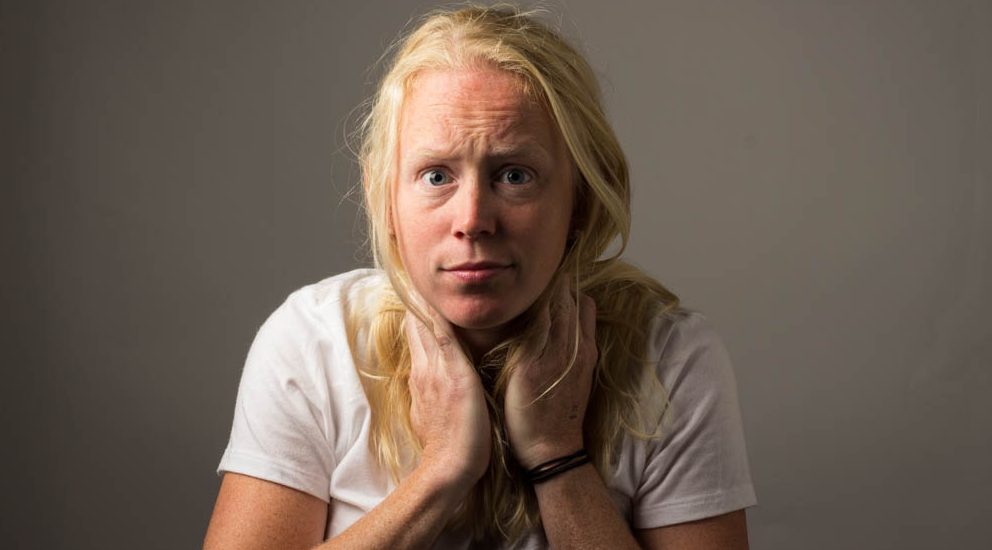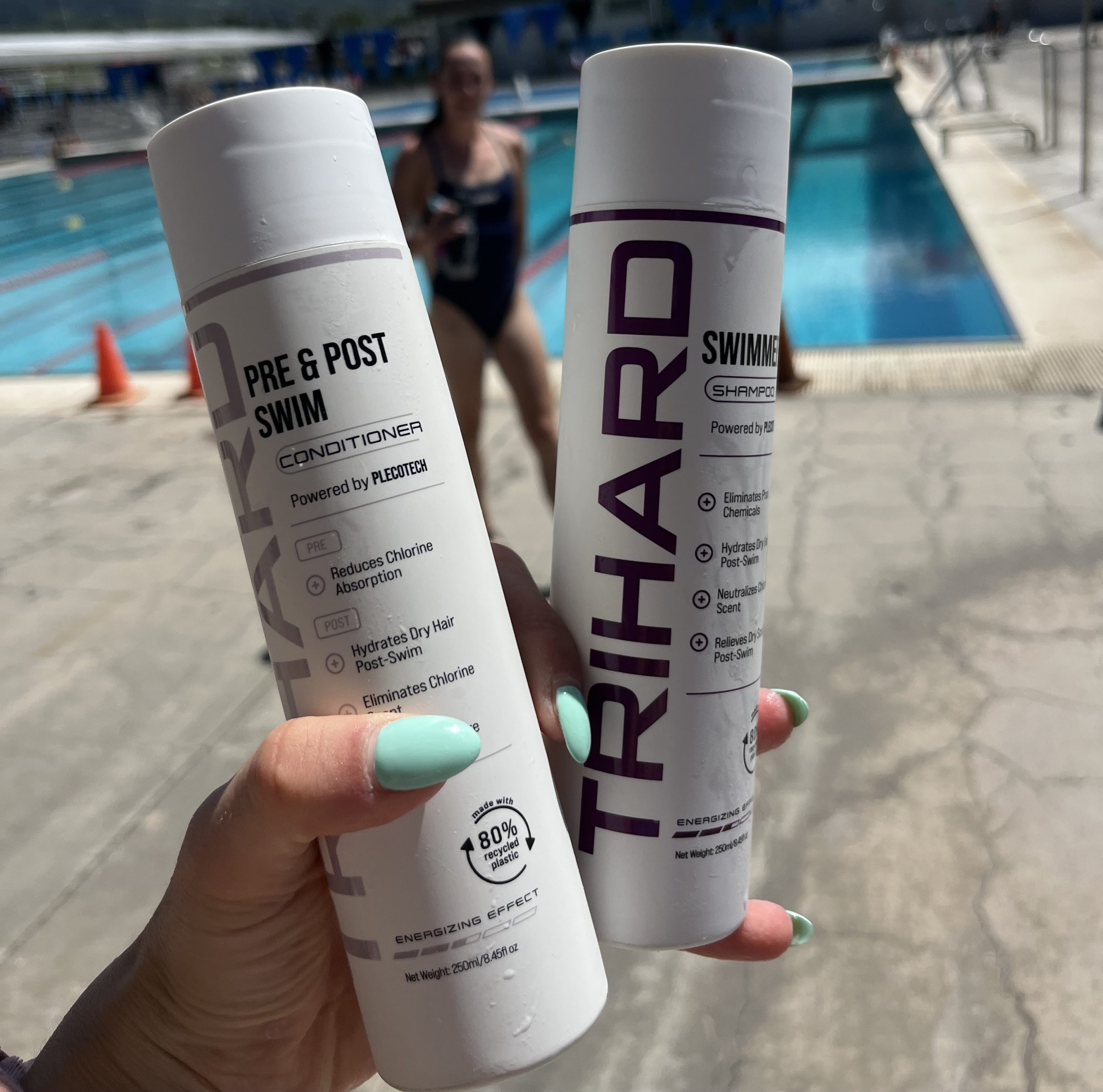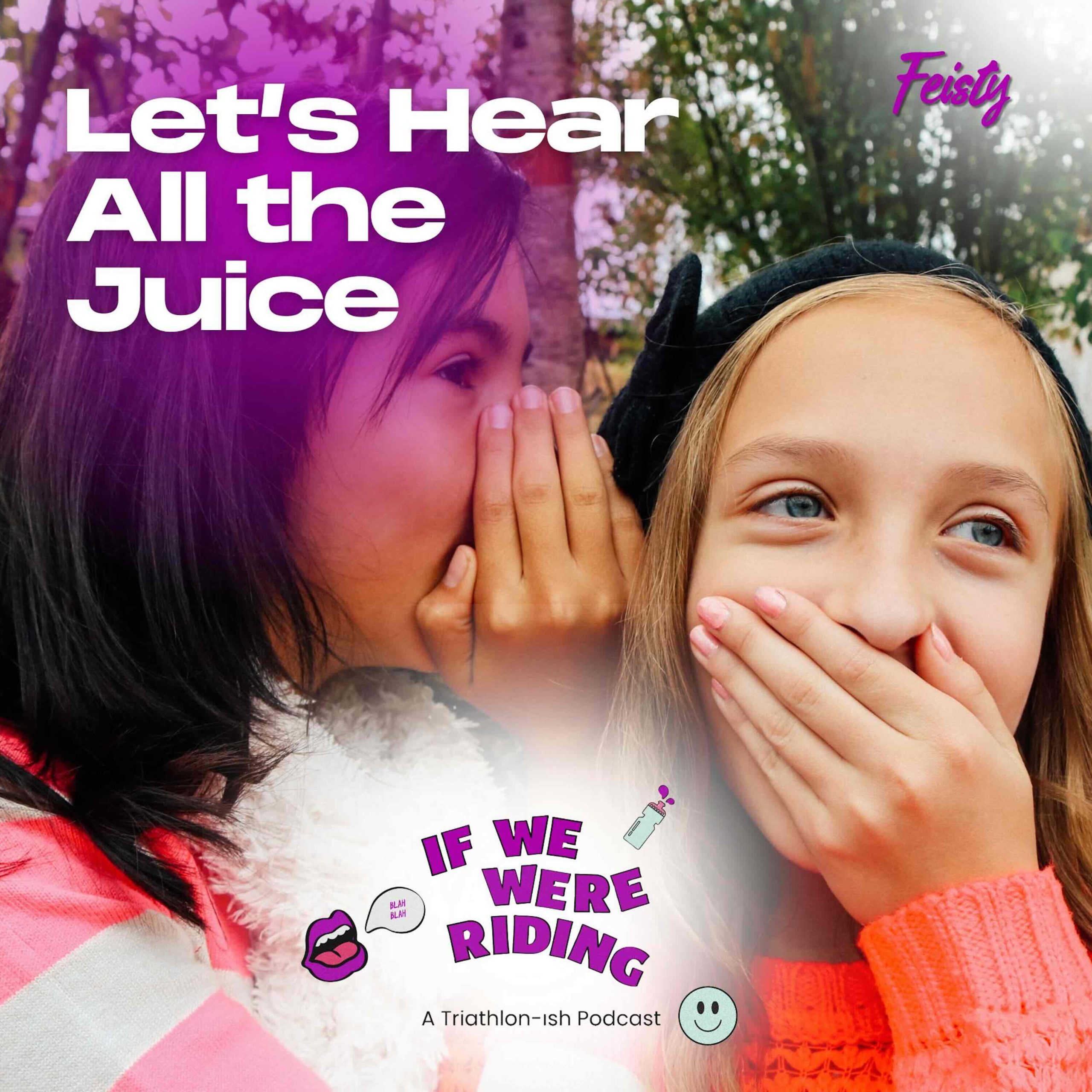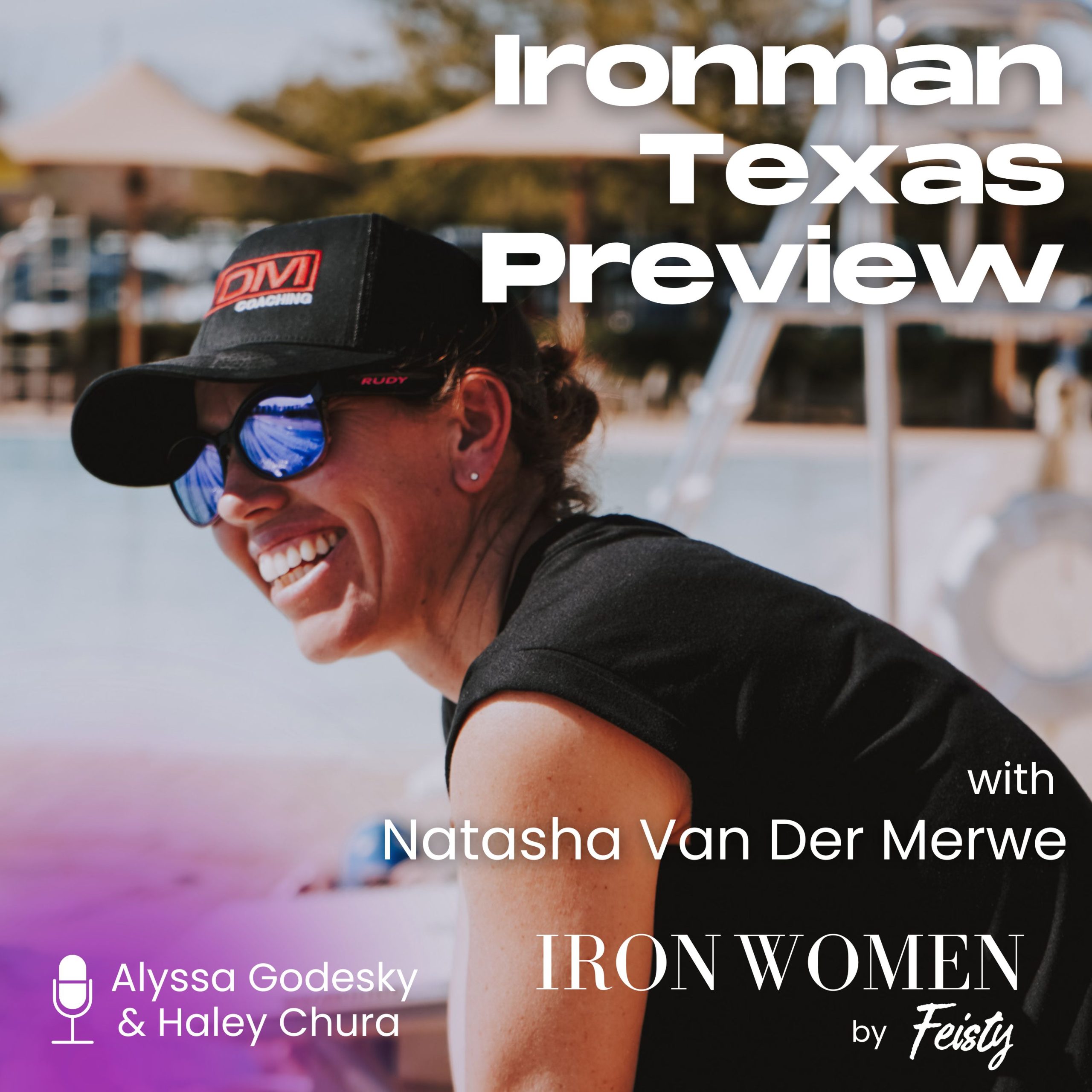August 1, 2017
Vineman Becomes Another Cookie-Cutter Race

text by Kelly O’Mara
If you did multiple Ironman-branded events last year, you ended up with multiple versions of the exact same backpack. You were given one at each race as part of your swag bag. Here’s a t-shirt, a medal, a hat, and a backpack. They’re perfectly nice backpacks; there’s nothing inherently wrong with them. They’re perfectly nice t-shirts, medals, and hats too. But each one is the exact same, simply stamped with a different race name and logo on the front.
Some people will like this; it guarantees a baseline level of quality. Some will argue that it’s a necessary byproduct of expanding the sport.
This is what’s happening to the races too. As Ironman tries to fit more and more events into a scaleable standardized mold, all the rough and interesting edges are being smoothed out until everything looks the same — just with a different race name stamped on the front.
Some people will like this; it guarantees a baseline level of quality. Some will argue that it’s a necessary byproduct of expanding the sport. But some of us will miss those rough edges when they’re gone. Those were the things that made triathlon interesting and unique and weird and hard and appealing in the first place.
Last week, Ironman announced it was doing away with the historic Vineman races, which it had purchased the year before, and moving the full-distance and half-distance events to nearby Santa Rosa. If you live in Northern California, this was big news. If you don’t, it’s still big news, because it’s part of a larger trend across the sport.
Ironman (or the World Triathlon Corporation, if you want to be technical) purchased the Vineman 70.3 and full Vineman events last year. The 70.3 was already a franchised WTC race, but operated by local race directors. It was wildly popular and sold out in less than five minutes. The full, which included an aquabike and a relay, as well as a beloved women’s-only event, had seen decreasing numbers in the past five years without the M-dot logo and Kona carrot to dangle in front of participants.
These races are, essentially, no more. Ironman bought the events and then moved them to Santa Rosa because, as far as I can tell, Santa Rosa wooed them. (You can read the full contracts and staff report here.) And because the company wanted to better space out their North American calendar — and it’s likely not a coincidence the new race is scheduled in direct competition with one of the last remaining independent half-distance races.
Athletes won’t have to worry about running through dirt in transition anymore.
But Ironman also made the move because Santa Rosa offered a more scaleable and standardized experience. They can sell to more people and they can guarantee the experience fits a specific mold.
Listening to the Facebook Live Q&A with the new race director, I heard him talk about how the new swim area in Lake Sonoma won’t have any of the weird shallowness the old river swim had. Athletes won’t have to worry about running through dirt in transition anymore. Now, they’ll have a concrete boat ramp and a parking lot. There will be slightly less elevation on the bike course. And, mostly, he talked about how the new run along a river path will be flat and shaded and, well, easier. It won’t be on dirt through a vineyard or up and down steep little hills. It will be scaleable and standardized.
Maybe that’s what people want. Maybe making things easy to digest is the only way to scale to the size and scope Ironman wants to scale to. Maybe, but at some point the sport loses what made it something people wanted to do in the first place.
I’m sure the Santa Rosa races will be well-produced events. I’m sure people will enjoy them. They will be fine. They will also be the exact same as every other event.


 Outspoken Women in Triathlon Summit Returns Bigger than Ever
Outspoken Women in Triathlon Summit Returns Bigger than Ever  Driving the Lamborghini: Productivity and the Power of Paper
Driving the Lamborghini: Productivity and the Power of Paper  5 take aways from the Compete Sports Diversity Summit
5 take aways from the Compete Sports Diversity Summit  Simple Tips to Hone Your Bike Handling Skills
Simple Tips to Hone Your Bike Handling Skills 


